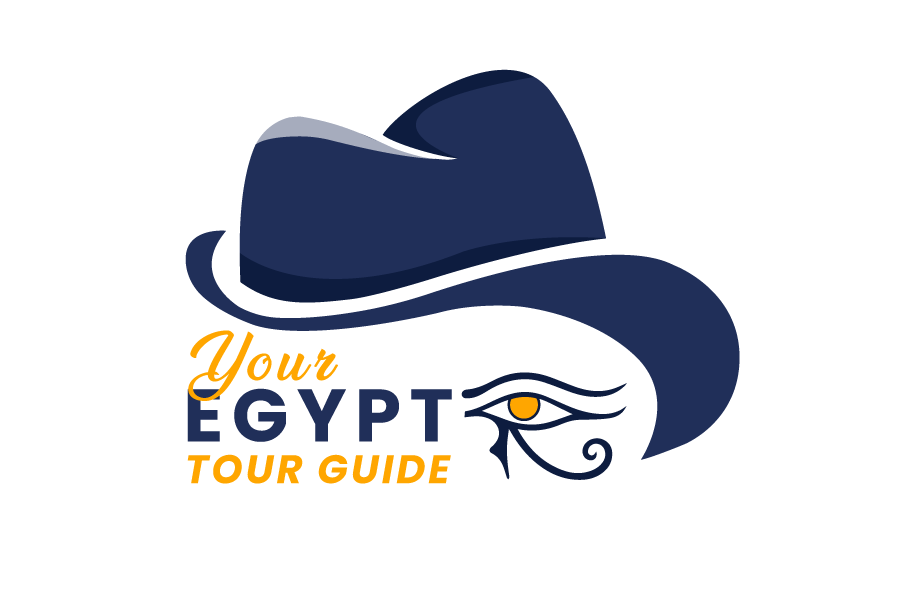The Sphinx is a large limestone statue of a mythical creature with the body of a lion and the head of a human. It is located on the Giza Plateau, near the pyramids, and is believed to have been built during the reign of pharaoh Khafre. The Sphinx is about 240 feet long and 66 feet tall, and is considered one of the most iconic and recognizable symbols of Ancient Egypt.
The Sphinx’s Representation and Legends:
The Sphinx is believed to have been built as a symbol of royal power and protection, and its name in Egyptian is “shesep-ankh,” which means “living image.” Some legends also suggest that the Sphinx was built to guard the entrance to a hidden underground temple or tomb. Over the centuries, the Sphinx has been the subject of many legends and mysteries, including one that suggests that there are hidden chambers and tunnels beneath the statue.
The idea of a hidden underground temple or chamber beneath the Sphinx has been the subject of speculation and legends for centuries, but there is no concrete evidence to support this theory. The legend of a hidden chamber beneath the Sphinx dates back to ancient times, and was mentioned by several writers and travelers over the centuries, including Herodotus in the 5th century BCE and the Arab historian al-Mas’udi in the 10th century CE.
The legend suggests that there is a secret chamber or tunnel beneath the Sphinx that leads to an underground temple or tomb. Some versions of the legend also suggest that this temple or tomb contains treasures or artifacts of great historical or mystical significance. The legend has been popularized in modern times by various books, films, and television shows that speculate about the existence and contents of the alleged chamber.
However, despite numerous attempts to investigate the legend, no concrete evidence of a hidden chamber or temple beneath the Sphinx has been found. In the early 20th century, several expeditions were launched to try to locate the alleged chamber, but none were successful. In the 1990s, a team of researchers used ground-penetrating radar to scan the area around the Sphinx, but again, no evidence of a hidden chamber or tunnel was found.
So while the legend of a hidden underground temple beneath the Sphinx continues to capture the imagination of many people, there is currently no solid evidence to support its existence.
there are several other legends and mysteries surrounding the Sphinx. Here are a few examples:
The Missing Nose:
One of the most famous legends surrounding the Sphinx is the story of how its nose was destroyed. According to the legend, a cannonball fired by Napoleon’s troops during the French campaign in Egypt in the late 18th century hit the nose and destroyed it. However, there is no evidence to support this theory, and it is more likely that the nose was deliberately destroyed by vandals or iconoclasts in medieval times.
The Riddle of the Sphinx:
In Greek mythology, the Sphinx was a creature with the body of a lion and the head of a human that guarded the entrance to the city of Thebes. The Sphinx would ask travelers a riddle, and those who could not answer it would be devoured. The famous riddle of the Sphinx was: “What is the creature that walks on four legs in the morning, two legs at noon, and three in the evening?” The answer is a human, who crawls on all fours as a baby, walks on two legs as an adult, and uses a cane in old age.
The Age of the Sphinx:
There is some debate among scholars about the age of the Sphinx and the identity of the pharaoh who commissioned it. While most Egyptologists believe that the Sphinx was built during the reign of Khafre (Chephren) in the 26th century BCE, some alternative theories suggest that it may be much older, possibly dating back to the 10th millennium BCE.
The Mystery of the Tunnels:
There are also legends and rumors about a network of tunnels and chambers beneath the Giza Plateau, including the area around the Sphinx. While some of these tunnels are known to exist and were likely used for various purposes, such as storing burial goods or providing access to the pyramid construction sites, others are purely speculative and have not been confirmed by archaeological evidence.
Overall, the Sphinx and the Giza Plateau continue to be the subject of fascination and speculation, and their mysteries and legends continue to capture the imaginations of people around the world.





